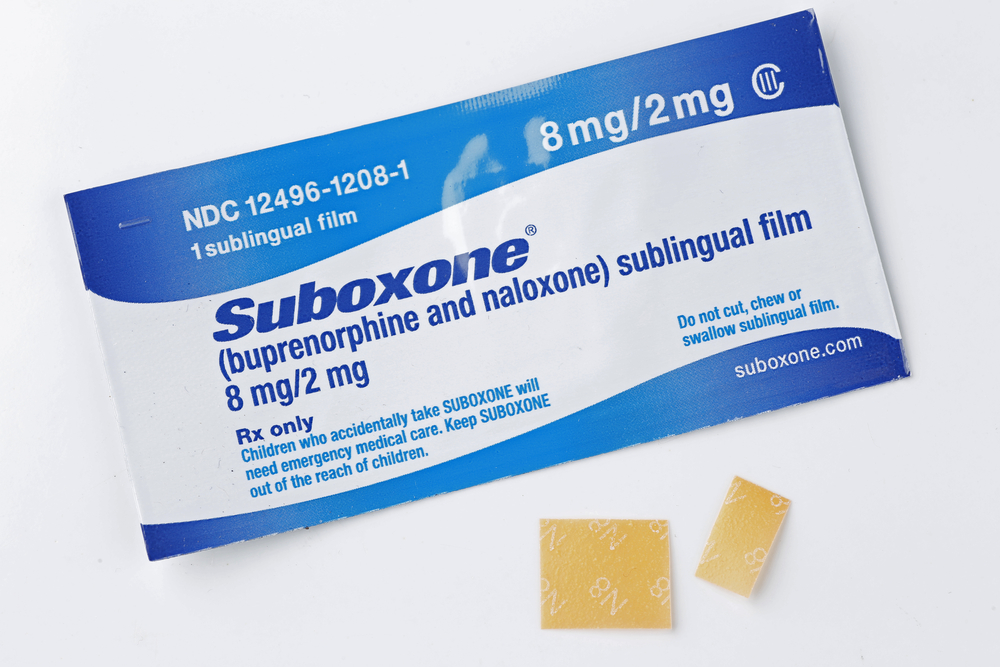
In July, Medicaid officials in Maryland removed Suboxone film strips from the list of preferred medications and replaced it with the tablet-based Zubsolv, after the Department of Corrections found over 2,000 of the small, transparent strips in their facilities in a seven-month period.
There was heavy criticism of the move, but now Maryland’s Department of Public Safety and Correctional Services is reporting that the amount of Suboxone strips seized has decreased by 41%. The strips were easy to smuggle into state prisons and jails due to its design, where it’s placed under a user’s tongue.
“It is an epidemic, the amount of Suboxone that comes in,” Terry Kokolis, director of corrections for Anne Arundel County, said at a recent meeting of the state legislature’s Joint Committee on Behavioral Health and Opioid Use Disorders. “Strips come in, they’re sold, they’re bartered, they’re cut into four pieces and the inmate population is always looking for Suboxone. It’s the preferred drug.”
The price of the drug jumped behind prison walls. Out in the world, the strip costs only $5, but in prison it can be sold for as high as $500, according to Gary McLhinney, director of professional standards at the Maryland Department of Public Safety and Corrections.
Inmates cut the strips into smaller pieces and sell them separately to maximize profits for the illicit contraband item. What was once an easy score for prisoners has now become difficult since the strips have been removed from the Medicaid preferred drug list.
“We’ve also had our teams monitor inmate calls, and they’re overhearing some frustration about not being able to obtain the strips behind the walls as easily as it was prior to July 1,” said McLhinney, according to Herald-Mail Media. Between July 1 and Oct. 31, only 940 pieces of Suboxone film strips have been confiscated as compared to 1,603 strips recovered during the same time period in 2015.
“We need to make sure that we’re getting more access to that data as a whole so we can make better decisions and better understand the current threat that we have,” said Glenn Fueston, executive director of the Governor’s Office on Crime Control and Prevention. “Understanding the threat is a very important part of this problem.”
